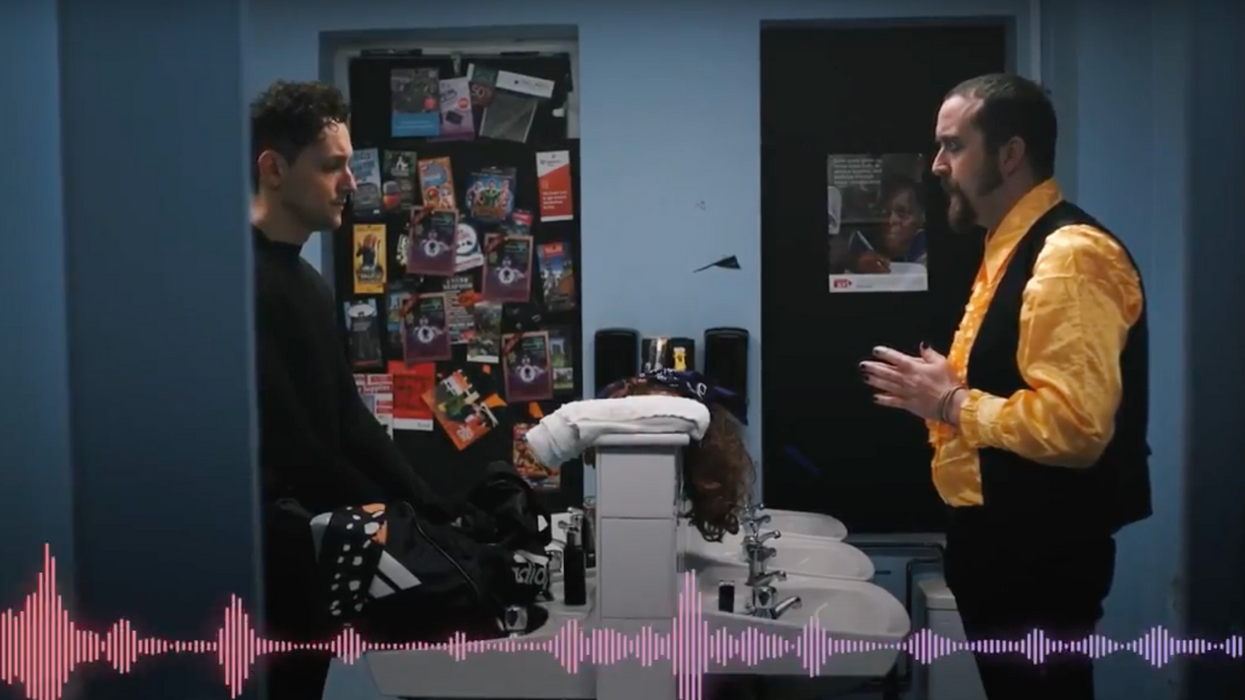Learn How You Can Use Sound Design to Make Your Dialogue Scenes Better
Is your dialogue scene missing something? You might be able to enhance it with sound design.

Dialogue scenes are some of the most ubiquitous scenes in filmmaking, but crafting them is anything but routine. There are so many different kinds of techniques that you can employ to make your characters' on-camera conversations more dynamic, cinematic, and evocative, as well as entertaining and informative to your audience. In this video, the team over at The Film Look goes over one often overlooked area of dialogue scenes: sound design. Learn how you can put sound design to work in your dialogue scenes below:
Chances are you've seen this technique used before, whether it was in a scene in which someone falls hopelessly in love with someone the moment they lay eyes on them, the moment they get really bad news, or the moment they're overcome with uncontrollable rage, like in this scene from Me, Myself, and Irene.
There are tons of examples of this in cinema, but the point here is that you can use sound design as a vessel to deliver important messages to your audience, ones that don't necessarily "ship well" in more literal, straightforward situations, namely the thoughts and emotions of a character.
Traditionally, we see this technique used during a pivotal moment in the story, like (as I said before) when someone gets really bad news, but it can also be used to communicate intense focus, intense absentmindedness, drunkenness, or even literal tinnitus. However, the sky's the limit with this. You can use sound design to make your dialogue scenes speak volumes about your characters, their situations, thoughts, and emotions. Just think of how a simple addition of a ticking clock, a heartbeat, or a water drip in the background of a conversation can ramp up the tension. Experiment with it and see what you come up with.
How have you used sound design in your dialogue scenes to communicate with your audience? Let us know down below.
Source: The Film Look













